Humans news stories

Archaeologists used lidar to detect a cluster of rare Neolithic monuments hidden in farmland in Ireland. See the study published Thursday (April 25) in the journal Antiquity.
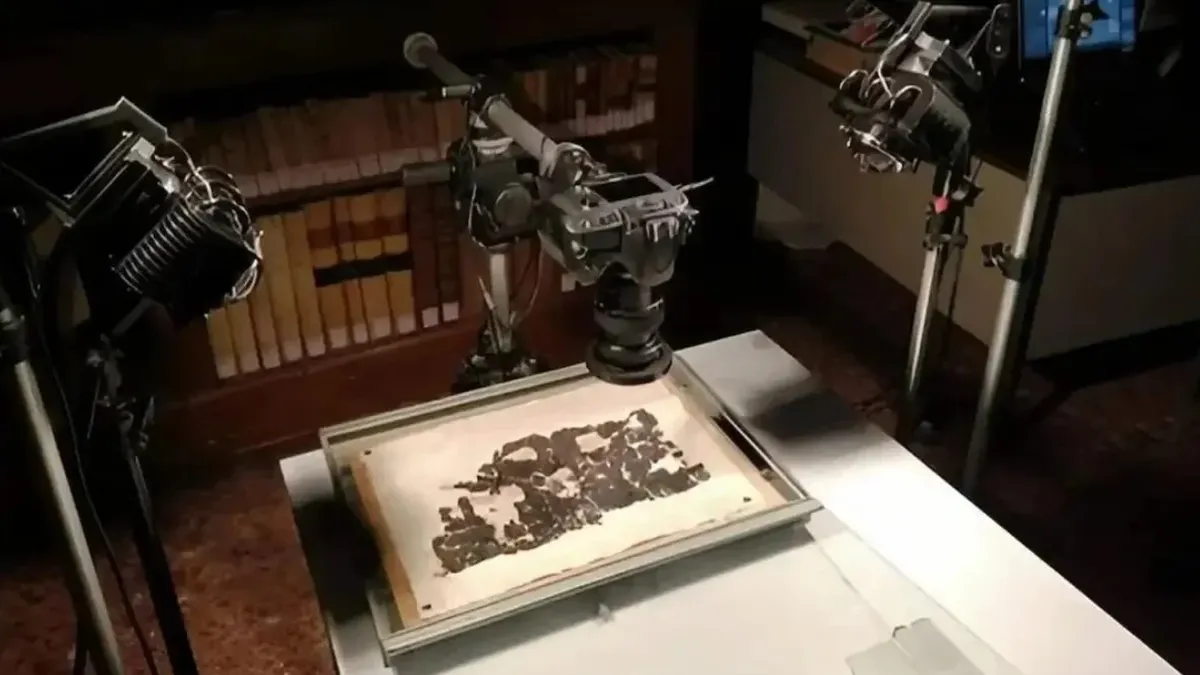
Researchers used AI to decipher an ancient papyrus that includes details about where Greek philosopher is buried.
Recent research published in the journal Drug Science, Policy and Law challenges the common belief that childhood trauma affects the experience of ayahuasca, a plant-based psychedelic. Surprisingly, the study finds no connection between prior childhood trauma and the intensity of challenges faced when under the influence of ayahuasca.
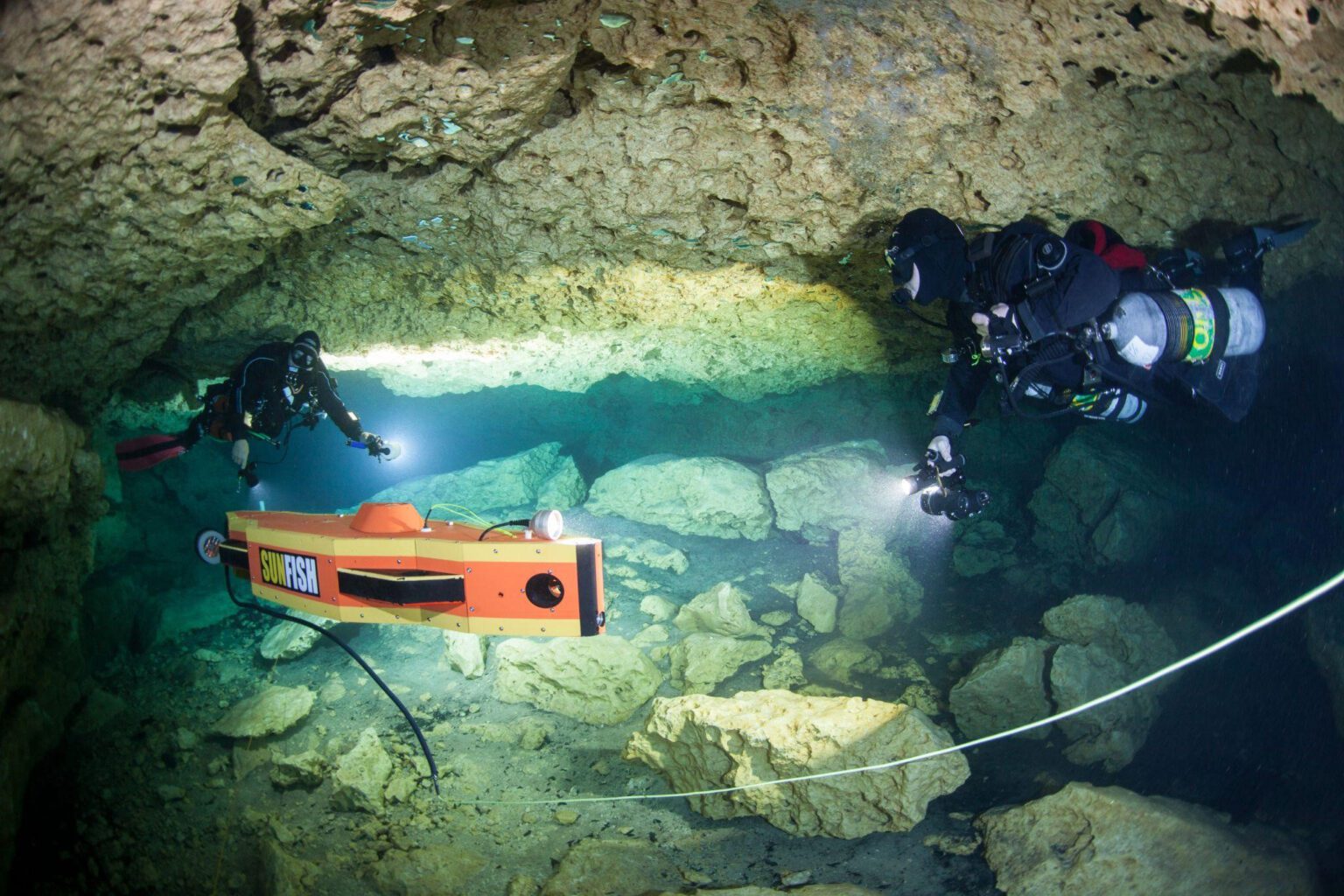
A few years ago, a set of 20,000-year-old human footprints in a dry lakebed in New Mexico set scientists reeling. Those fossilized footprints, originally discovered in 2009, called into question what we thought we knew about when people first showed up in North America. Archaeologists thousands of miles away in Alaska felt the scientific impact especially strongly.
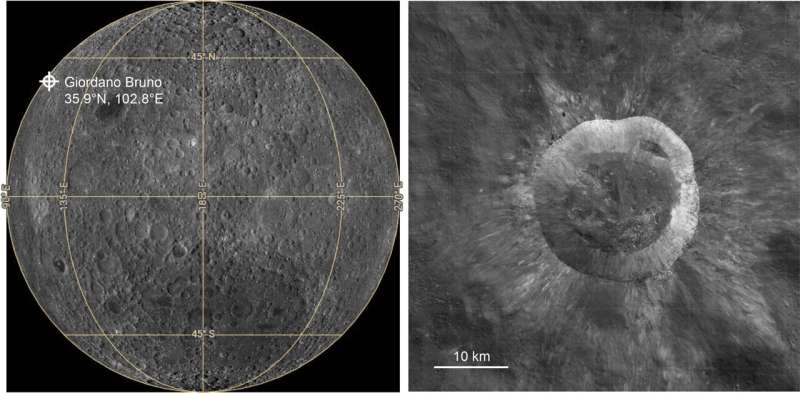
A small international team of planetary scientists has found evidence supporting the theory that the near-Earth asteroid Kamo’oalewa is ejecta from the moon. In their paper published in the journal Nature Astronomy, the group describes their data-driven models and what they revealed.

Since the first Earth Day in 1970, the world has experienced profound ecological changes. Wildlife populations have decreased by 69 percent, the result of habitat loss caused by rapid industrialization and changing temperatures. 2023 was the hottest year on record.

Legislative restrictions have made it difficult to obtain government funding for psychedelic research, but now corporations are stepping up to fund clinical trials. Although this support may help accelerate researchers’ understanding of psychedelics, it also sparks concern as a conflict of interest.
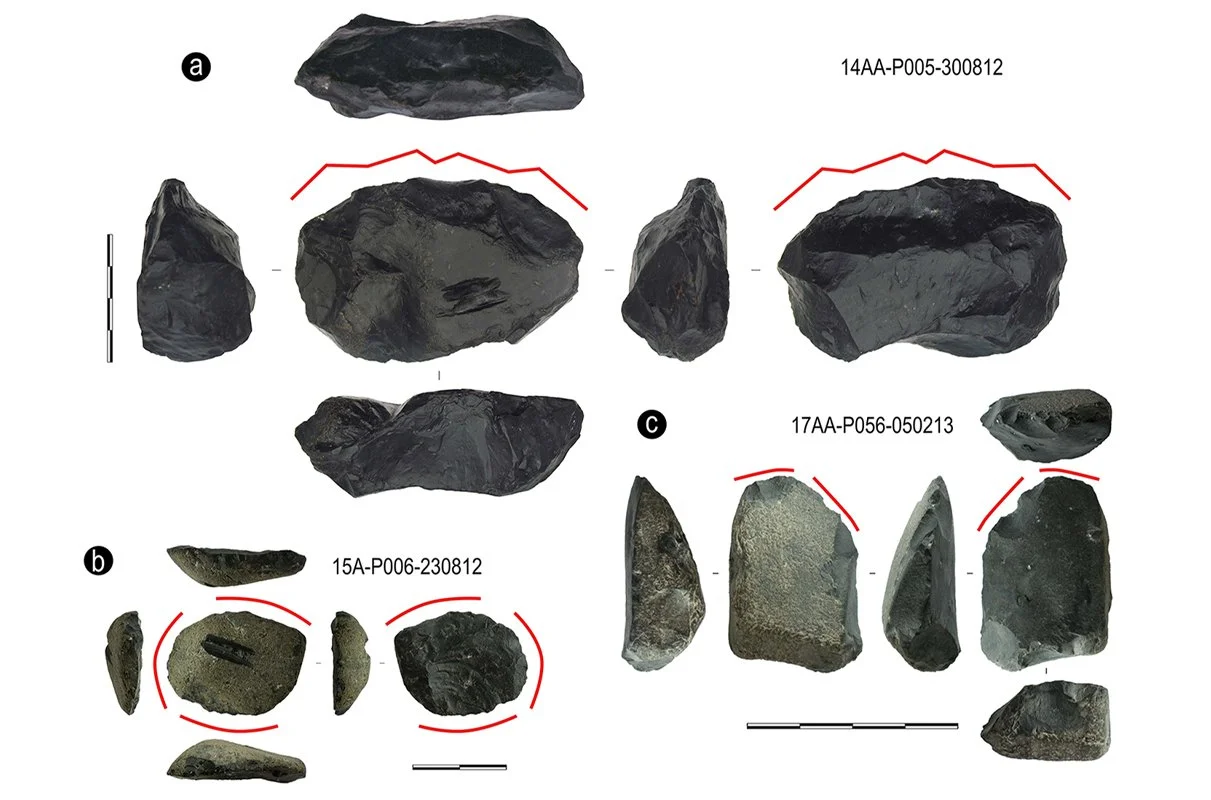
The period in which humans arrived in South America, in particular, north-western Patagonia, has been the subject of an ongoing debate by academics for many years. Previous archaeological evidence and palaeogenetic studies have suggested human presence between 16 600 and 15 100 cal BP. However, a new study published in the journal Antiquity is providing new evidence of pre-Holocene human activity during the late Pleistocene–early Holocene transition

From house plants and gardens to fields and forests, green is the color we most associate with surface life on Earth…But an Earth-like planet orbiting another star might look very different, potentially covered by bacteria that receive little or no visible light or oxygen…Instead of green, many such bacteria on Earth contain purple pigments…Cornell scientists report in new research.
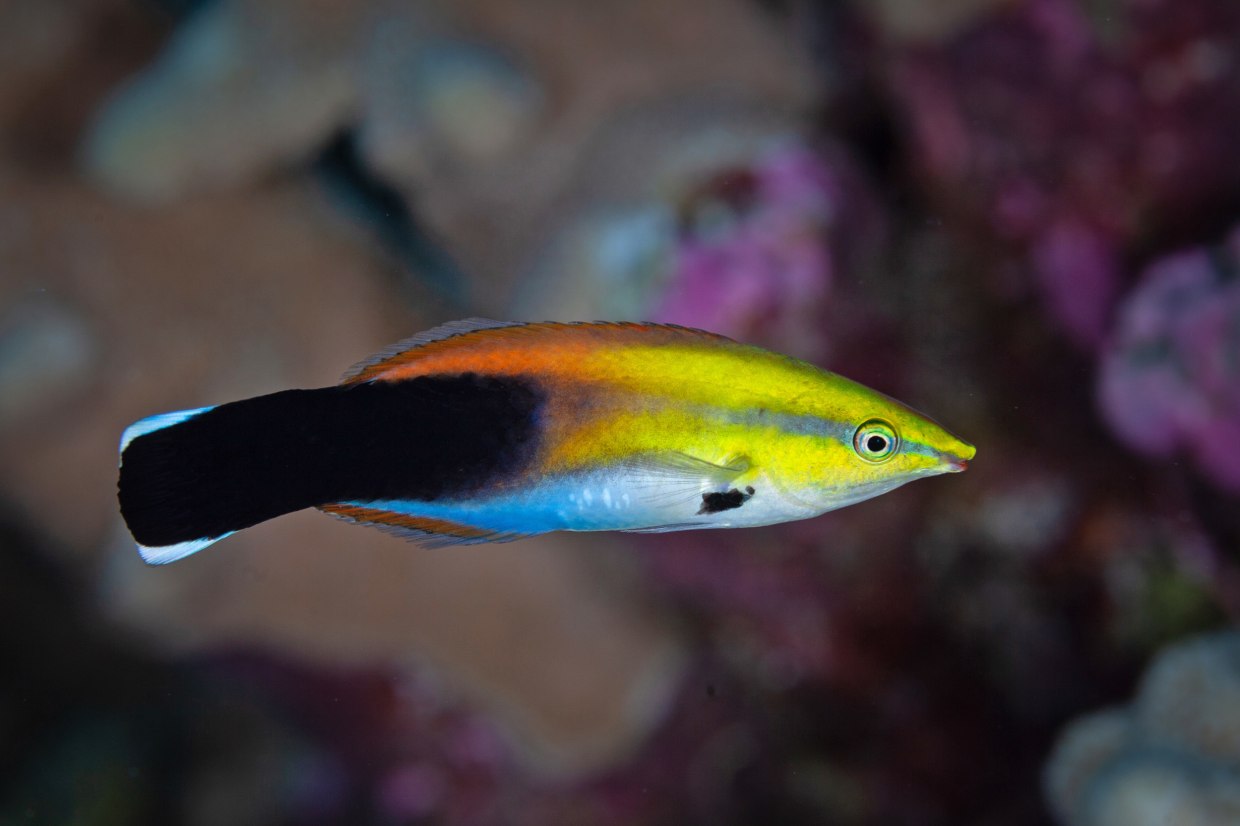
Bees play by rolling wooden balls — apparently for fun. The cleaner wrasse fish appears to recognize its own visage in an underwater mirror. Octopuses seem to react to anesthetic drugs and will avoid settings where they likely experienced past pain. Nearly 40 researchers signed “The New York Declaration on Animal Consciousness,” which marks a pivotal moment, as a flood of research on animal cognition collides with debates over how various species ought to be treated.
A major archaeological investigation has, for the first time, excavated a lava tube in Saudi Arabia that was inhabited by humans up to 10,000 years ago.
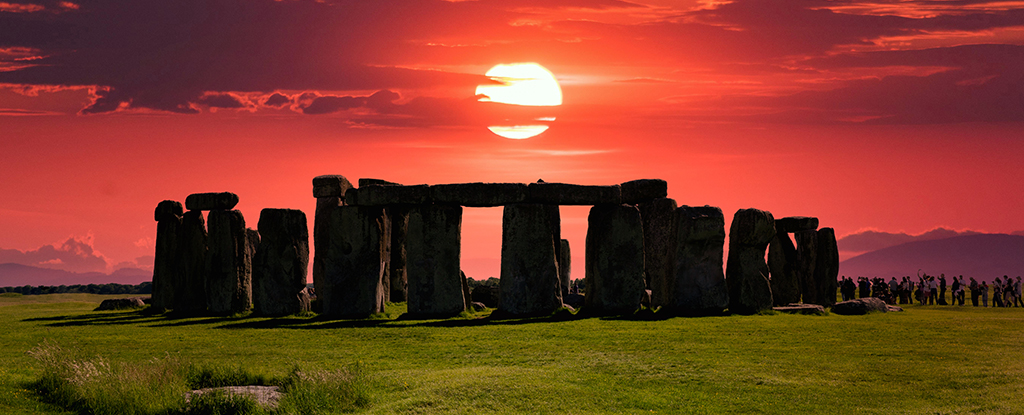
When it comes to its connection to the sky, Stonehenge is best known for its solar alignments…But a hypothesis has been around for 60 years that part of Stonehenge also aligns with moonrise and moonset at what is called a major lunar standstill…
New research published in Nature Ecology & Evolution examines the rate at which new species of hominin emerged over 5 million years. This speciation in our lineage, they found, is unlike almost anything else.
The phenomenon of “cancel culture” has become a prominent feature of online discourse, where individuals or brands are publicly called out and boycotted for perceived transgressions. A recent study published in the journal Acta Psychologica explored the psychological underpinnings of why some people are more inclined to engage in canceling behaviors than others
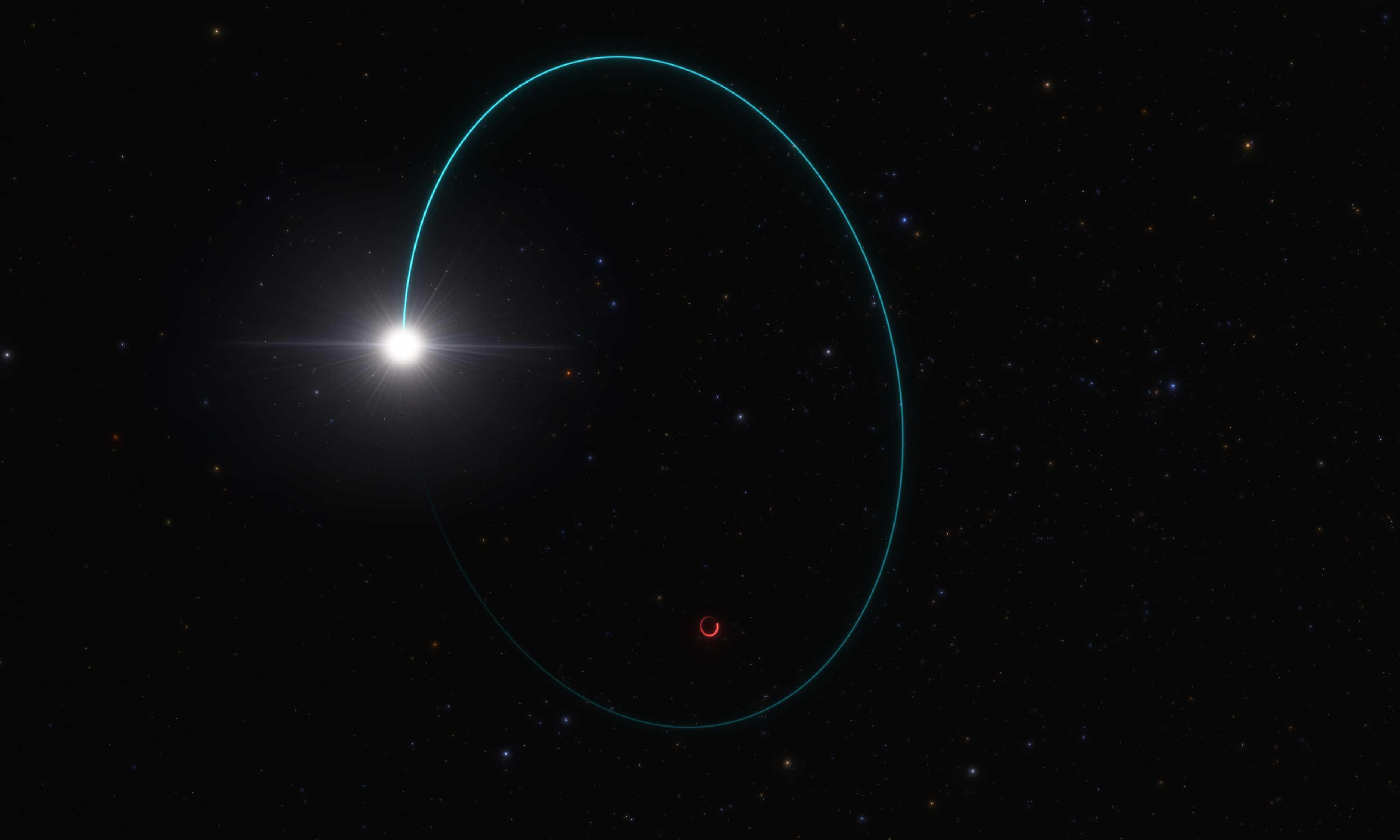
Astronomers have discovered an enormous black hole which formed in the aftermath of an exploding star a mere 2,000 light years from Earth. BH3 is the most massive stellar black hole yet found in the Milky Way and revealed itself to researchers through the powerful tug it exerts on a companion star that orbits the object in the constellation of Aquila, the Eagle.
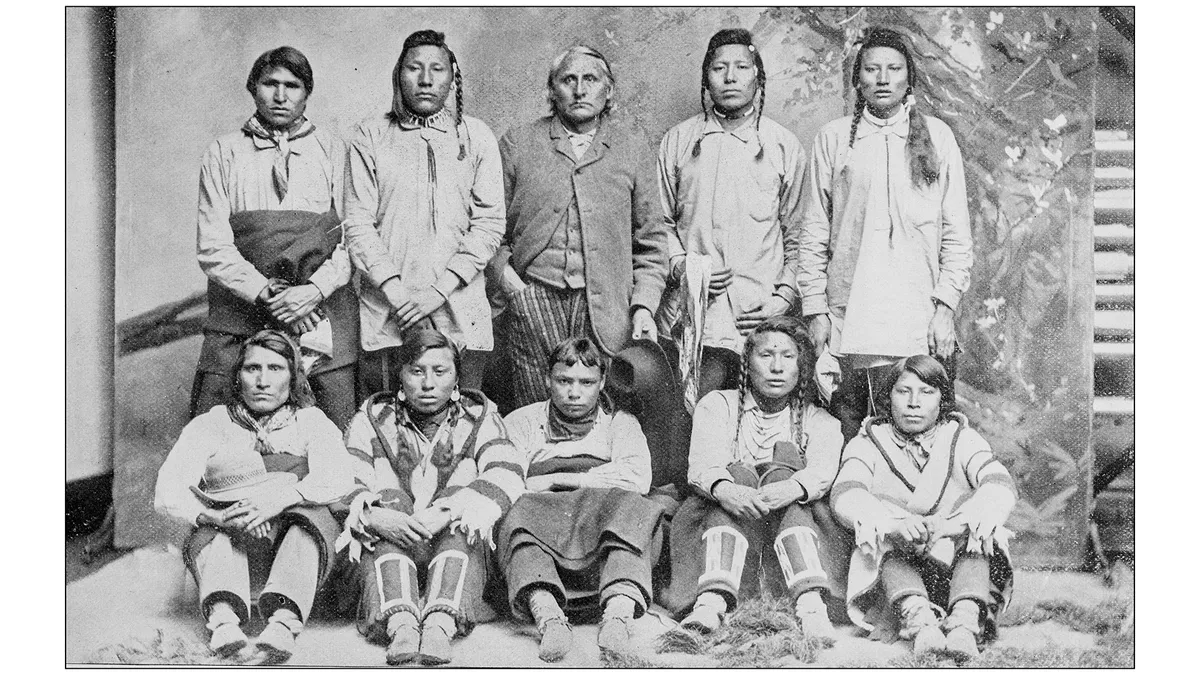
In a new study published April 3 in the journal Science Advances, a team of researchers led by three members of the Blackfoot Confederacy investigated the genetic history of their tribes, and results suggest that they share a lineage with people from the last ice age.








